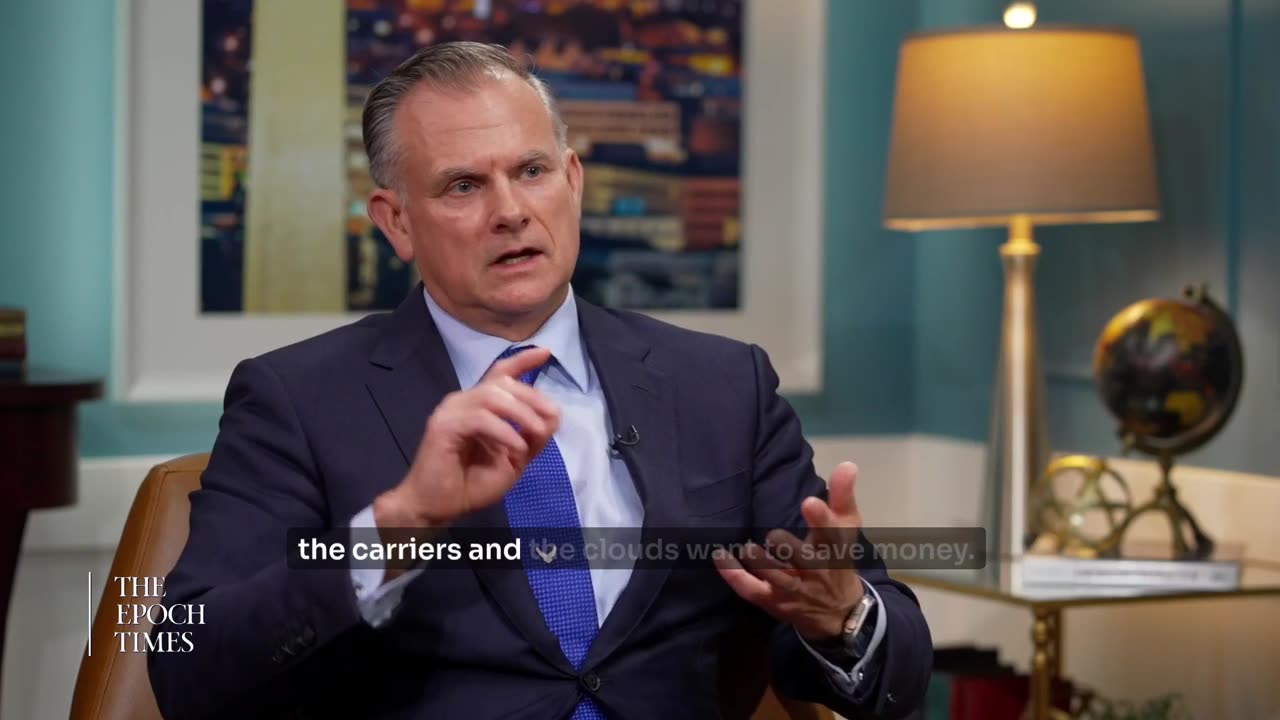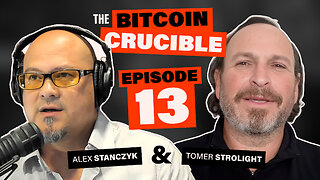Premium Only Content

How U.S. Cyberspace Could Go Dark & What to Do About It | Gen. Robert Spalding
🚨 America's digital infrastructure is dangerously vulnerable. A high-altitude nuke from China or another adversary could knock out U.S. comms coast to coast, explains Gen. Robert Spalding.
Spalding, a former B-2 stealth bomber pilot, saw the vulnerabilities in our networks firsthand during Hurricane Katrina in 2005. Troops redeployed from Iraq said it felt like a warzone.
He wondered: How is it that the U.S. has ways of communicating through nuclear war but no way to keep phones on after a natural disaster?
Our smartphones today can survive an EMP attack and still operate. But the towers and cloud servers it connects to are down in an instant.
The problem is America's entire telecom & cloud system is centralized—because it’s cheaper than building decentralized systems.
For a B-2 pilot like Spalding, it means an adversary just needs to hit a few targets—think a few AWS, T-Mobile, Verizon, and AT&T sites—to knock out communications and computing services for the entire United States.
Spalding's solution:
Hardened, decentralized network nodes. Think cloud + the cell network smashed together in a disaster and EMP-proof box and spread all across the country. So even if the main grid goes out, your phone & essential apps—like health, safety, and financial services—still work.
After six years of development, he's now deploying it. It's called SEMPRE.
-
 5:40
5:40
American Thought Leaders
1 day agoHow Robert Whitaker Found Out that the Chemical Imbalance Hypothesis Is a Lie
1.54K1 -
 53:25
53:25
Simply Bitcoin
1 day ago $1.39 earnedThe Bitcoin Crucible w/ Alex Stanczyk & Tomer Strolight - Episode 13
28.4K1 -
 59:21
59:21
The Rubin Report
3 hours agoIs This the Real Reason Bongino Is Leaving the FBI?
47K62 -
 LIVE
LIVE
LFA TV
15 hours agoLIVE & BREAKING NEWS! | THURSDAY 12/18/25
2,559 watching -

The Mel K Show
2 hours agoMORNINGS WITH MEL K- America is Mad As Hell And We’re Not Going to Take it Anymore! - 12-18-25
22.7K4 -
 LIVE
LIVE
The Shannon Joy Show
3 hours ago🔥SJ LIVE Dec 18 - Exclusive With Peter Schiff On Trumpflation, The Affordability Crisis, AI Bubbles & Bitcoin Collapse. Will Metals Become The Global Hedge Against Financial Chaos?🔥
160 watching -
 45:19
45:19
Grant Stinchfield
2 hours agoKeystone Cops of the Ivy League... It Gets Worse Every Day as Brown Suspect Still on the Run!
6.5K12 -
 1:02:26
1:02:26
VINCE
5 hours agoIt's Official: Dan Bongino To Leave FBI | Episode 191 - 12/18/25 VINCE
247K301 -
 1:04:17
1:04:17
Chad Prather
3 hours agoTrump FOOLS Fake News, Touts Accomplishments + Trans Surgeries For Minors BANNED & BONGINO IS BACK!
41.8K15 -
 2:04:25
2:04:25
Benny Johnson
3 hours ago🚨Trump BREAKS Internet With Primetime Address, TROLLS Media Into Covering His WINS | 2025 IN REVIEW
65.6K51